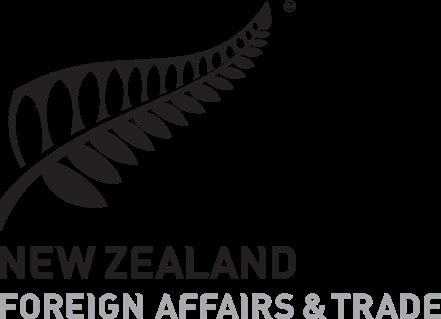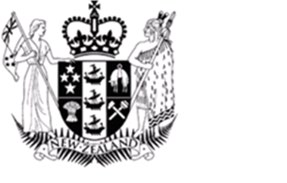

New Zealand Ministry of
Foreign Affairs and Trade
Manatū Aorere
29 May 2020
195 Lambton Quay
Private Bag 18−901
Wellington 6160
New Zealand
Tania Te Whenua
T +64 4 439 8000
[FYI request #12745 email]
F +64 4 472 9596
Dear Tania Te Whenua
I refer to your email of 1 May 2020 in which you request the following under the Official
Information Act 1982 (OIA):
“Over the past three years:
a) How many Maori women (and what percentage of the total number of applicants)
applied for Tier 2 roles or above?
b) How many Maori women (and what percentage of the total number of successful
applicants) were successfully appointed to the jobs which they applied for at Tier 2 or
above?”
We have interpreted the reporting timeframe as 1 July 2017 to 30 June 2020.
In response to your first question:
“How many Maori women (and what percentage of the
total number of applicants) applied for Tier 2 roles or above?”, as the State Service
Commissioner is responsible for the appointments of Public Service Chief Executives, we are
advised that the State Services Commission (SSC) will be responding to your request in
relation to Tier 1 roles in their response to your OIA request to them.
The Ministry of Foreign Affairs advertised three Tier 2 roles over the past three financial
years. Two of the roles were advertised and filled in 2019, and one in 2020. The Ministry
received almost 80 applications for one of the roles; and between 5 and 15 applications for
the remaining two roles. The Ministry did not request that applicants provide information on
their ethnicity or the ethnicity/ies they identify with in their applications. While applicants
may have provided information on ethnicity and identity voluntarily in their applications, we
have not (to date) systematically requested or collected such data from Tier 2 applicants.
Recruitment for two of the three roles was managed by an external recruitment firm and
the Ministry does not hold the full range of data on all applicants (we hold the data only on
those shortlisted).
e [MFAT request email]
w www.mfat.govt.nz

Page 2 of 2
We are aware that one female applicant did identify as Māori, but in the absence of
complete data about the other applicants, we are unable to answer your question. As such
we are refusing this part of your request under section 18(e) of the OIA, as the information
does not exist or cannot be found.
The Ministry is now using a new recruitment tool ‘Snaphire’. This tool will facilitate a more
efficient and robust method of requesting, collecting, and reporting information on
applicants, including on their ethnicity and identity, where applicants choose to provide this
information. Going forward the Ministry will be able to provide a detailed breakdown of
ethnicity statistics for applicants and appointees.
In response to your second question:
“How many Maori women (and what percentage of the
total number of successful applicants) were successfully appointed to the jobs which they
applied for at Tier 2 or above?”, as the Ministry did not collect information on ethnicity and
identity in its recruitment process, we are unable to answer this in full. We can advise that,
of those interviewed for the three Tier 2 roles, 50% were female but none self-identified in
their applications as Māori. Of the three Tier 2 appointments made in this period, two
women were appointed but neither identified as Māori.
The Ministry is improving its ability to recruit, retain and grow Māori staff, including through
an improved leadership pathway. In both our People Strategy and our Diversity and
Inclusion Strategy we make a commitment to recruit with a focus on attracting Māori,
Pasifika and a range of diverse talent, as well as establishing diversity targets.
Please note that this letter (with your personal details redacted) may be published on the
Ministry’s website.
You have the right under section 28(3) of the OIA to seek a review of this response by the
Ombudsman.
Yours sincerely
Wendy Adams
for Secretary of Foreign Affairs and Trade


